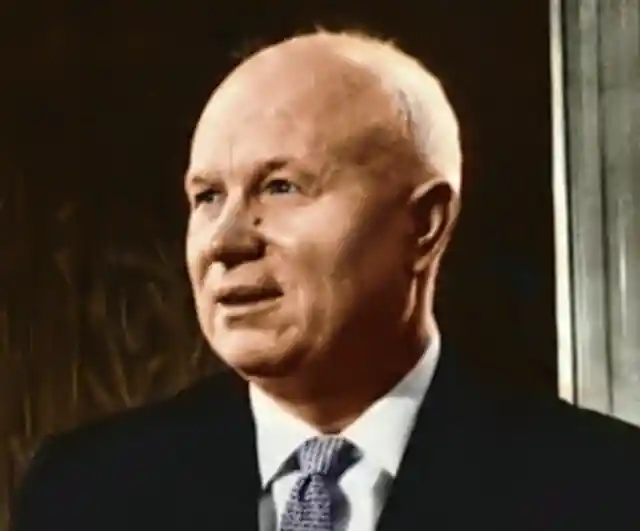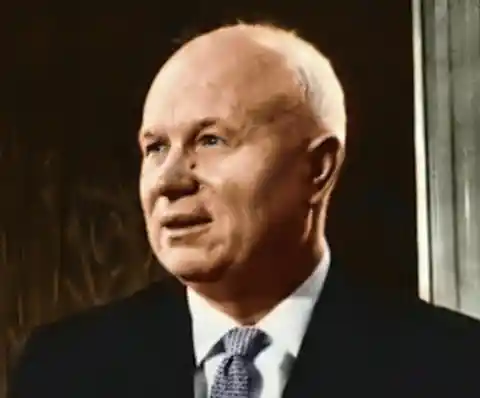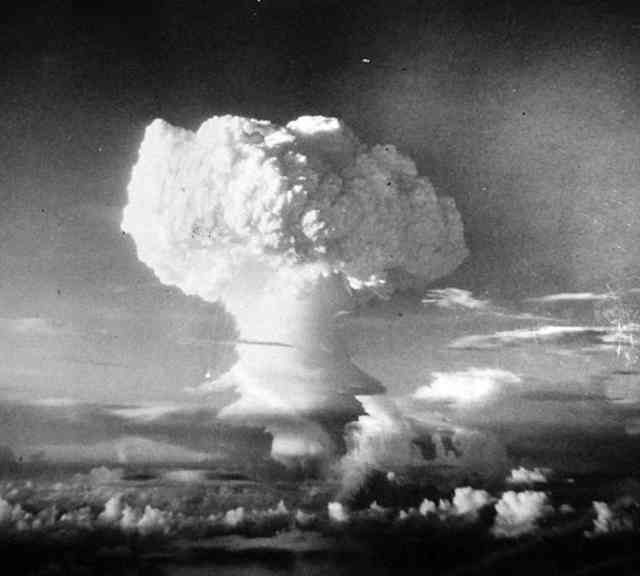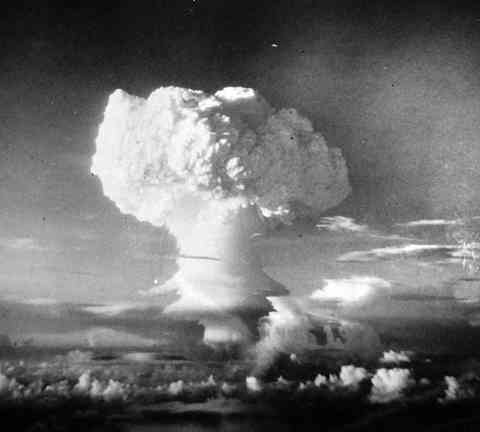A Deadly Force
In 1961, The Cold War between America and the Soviet Union was front and center. Tensions were high. Sabre-rattling was commonplace. And weapons of mass destruction were never far from the mind.
America had been making its own nuclear advancements, and the Soviets were determined to play catch up and expand their nuclear program. The daring, and at times frightening, competition would eventually lead to the Tsar Bomba, the largest nuclear explosion in history.


After World War II and the unleashing of nuclear weapons in Japan, America took the lead in terms of international firepower, and the Soviets were determined not to play second best. According to Philip Coyle, former head of U.S. nuclear weapons under President Clinton, “We were ahead, and the Soviets were trying to do something to tell the world that they were to be reckoned with. Tsar Bomba was primarily designed to cause the world to sit up and take notice of the Soviet Union as an equal.”
The Soviets sped up the production of their own bombs and detonated the bomb Joe-1 in 1949 in the region now known as Kazakhstan. Throughout the 1950s, the Soviets conducted seemingly endless bomb tests; in 1958 alone, they detonated 36 nuclear bombs.
The Tsar Bomb Takes Shape
Officially named Project 27000, the largest Soviet bomb ever developed bore structural similarities to Little Boy and Fat Man, the U.S. bombs dropped on Hiroshima and Nagasaki 15 years earlier. Dubbed Kuzinka Mat, it dwarfed its American counterparts, measuring 26 feet in length and seven feet in diameter, and weighing in at 27 tons.
The bomb’s incredibly large size prevented it from fitting inside the massive bomber designed to carry the Soviet’s nuclear weapons. As an alternative means of transportation, it was decided that the bomb would be strapped to the underside of a plane.


Nikita Khrushchev Takes Center Stage
Nikita Khrushchev, Chairman of the Soviet’s Council of Ministers, was intent on displaying the USSR’s military capabilities to the world, even at the cost of of his own soldiers. Khrushchev was well aware that the pilots manning the planes for the bomb tests had about a 50% chance of survival, even though each bomb was outfitted with a gigantic parachute weighing nearly 2,000 pounds.
The original plan called for dropping the bomb at 34,000 feet over Novaya Zemlya, a nearly uninhabited region near the Barents Sea, where it would drift approximately 13,000 feet before detonating. Theoretically, the targeted drop would allow enough time for two planes, one carrying the bomb and the other designated to film the explosion, to reach a safe distance of at least 30 miles away.
The Tsar Bomb Is Detonated
At 11:32 Moscow time, the bomb went off and unleashed a mind-blowing fireball five miles wide, which erupted vertically due to the force of the bomb’s own shockwave. The explosion itself resulted in a flash seen more than 630 miles away, and the ensuing mushroom cloud measured an incredible 40 miles high and 63 miles wide.
The village of Severny, located thirty-four miles away from the bomb site, was completely destroyed; no houses were left standing. Hundreds of miles away, the effects of the bomb drop collapsed houses, shattered windows, and caved in roofs. All radio communication was completely cut off for more than an hour.
The pilots who manned the planes survived but fell into a 1000-foot dive before gaining control. According to the cameraman who witnessed the destruction, “The clouds beneath the aircraft and in the distance were lit up by the powerful flash. The sea of light spread under the hatch and even clouds began to glow and became transparent. At that moment, our aircraft emerged from between two cloud layers, and down below in the gap a huge bright orange ball was emerging. The ball was powerful and arrogant like Jupiter. Slowly and silently, it crept upwards…Having broken through the thick layer of clouds it kept growing. It seemed to suck the whole Earth into it. The spectacle was fantastic, unreal, supernatural.”


A Terrible Force
The Soviet bomb unleashed an explosion 1,500 times greater than the combined impact of the bombs dropped at Hiroshima and Nagasaki. Another way of looking at it: The explosion was 10 times more powerful than all the combined munitions used during the entirety of WWII. Unbelievably, sensors around the globe recorded the bomb’s frightening blast orbiting the world three separate times.